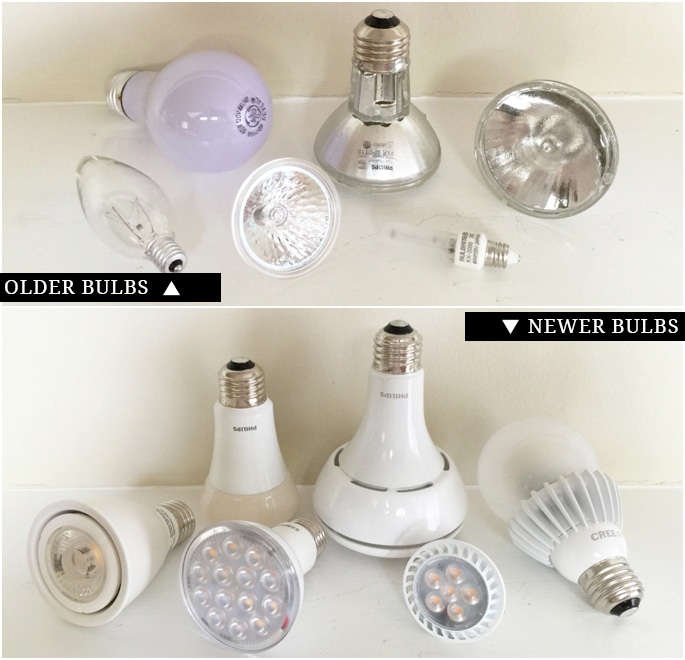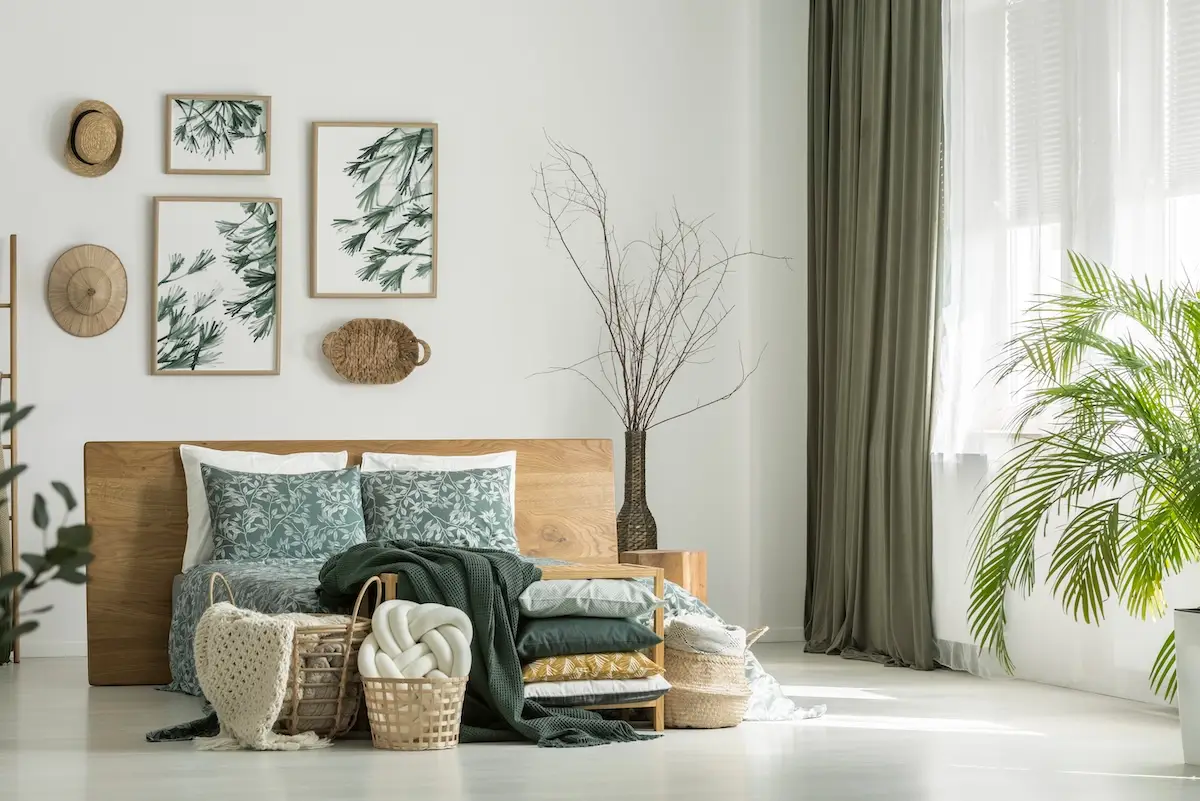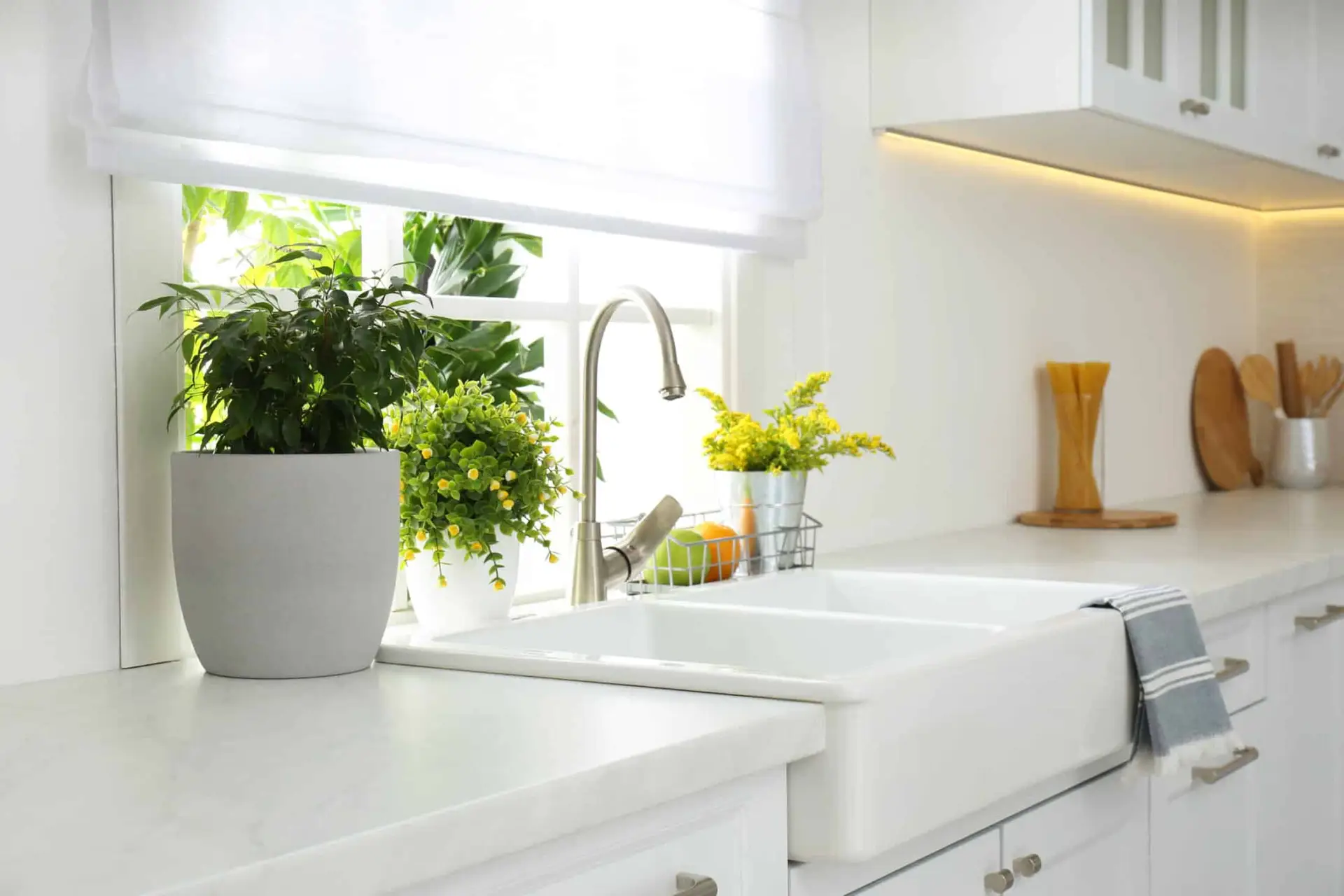You may have seen all the LED bulb options lately, and like most people you are probably confused as to which bulbs to buy. Here is a basic intro into LED bulbs and what to look for when selecting LED bulbs for a residential interior.
First let’s use the right terminology. We, as interior designers and lighting designers, don’t call them bulbs. That is a layperson’s term. In the industry they are called lamps. So just remember when we say lamp we mean bulb.
Lamp type
Knowing your lamp type is critical. If it doesn’t fit nothing else matters. There are so many types out there, but the most common is the medium base, also referred to as the Edison base, named after Thomas Edison. The best way to know what type base you have is to take out your old lamp and check to see what it is. We suggest taking it with you to the store. When in doubt ask an expert.
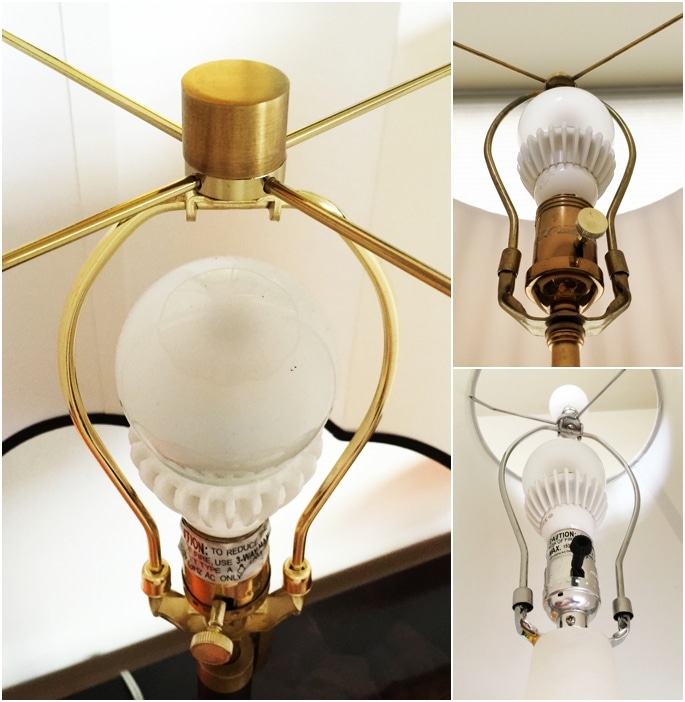
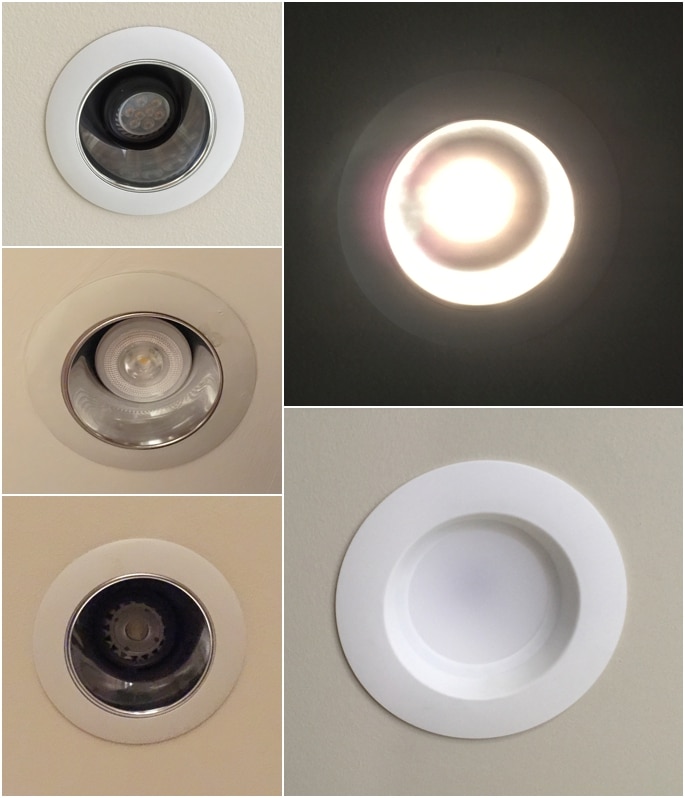
Wattage
Wattage and lumens are very important in lighting design especially when we do a lighting design with incandescent and halogen lamps. It is something that we obsess over. After all there is no point in doing a fabulous lighting design for a client and then there not being enough light. These days though we are finding that wattage is less of a concern than lumens in that an LED lamp that takes 10 watts or less typically replaces a 100 watt incandescent lamp or a 50 watt halogen. So we are less neurotic about the total wattage used. Total wattage matters when we get into dimmers, so we don’t overload them. This reduction in “total wattage used” is helping our clients save a lot of money in electricity costs. LED lamps are expensive but the costs can be recouped after only a year or two and LED lamps last much longer than their incandescent and halogen counterparts.
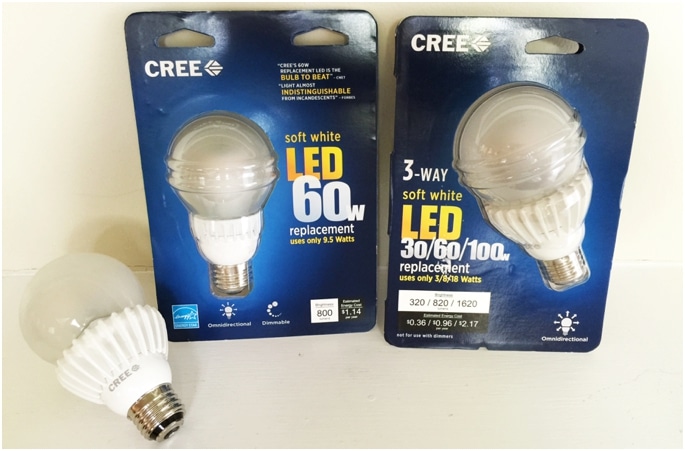
Color Temperature
For residential interiors the color temperature is very important. We like a color temperature of 2700K. K refers to degree Kelvin; the lower the number the warmer the color temperature. (Google “Kelvin Temperature Chart” for more information). Since what we are replacing in the homes we have already designed are halogen lamps we need to be sure the color temperature is similar and as such a 2700K lamp is the warmest you’ll find in LED lamps currently.
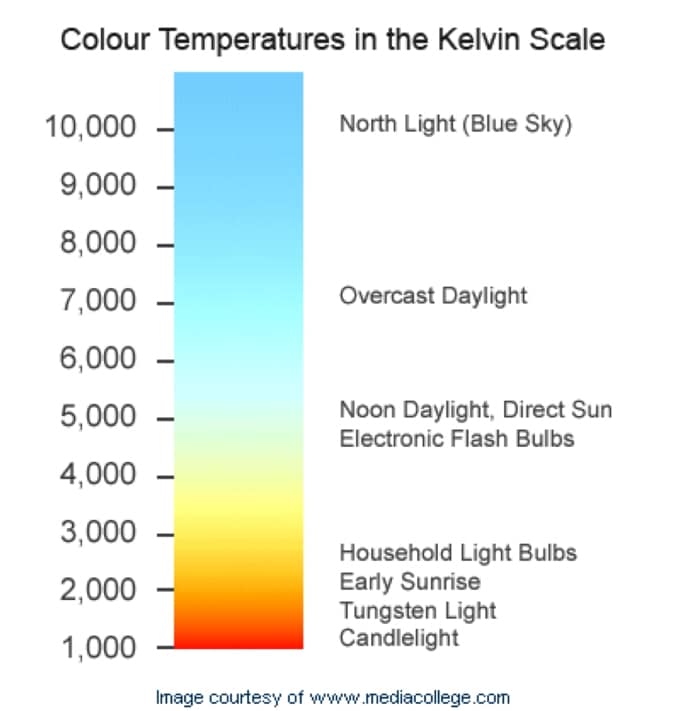
Color Rendering Index or CRI
The CRI of a light source is a quantitative measure of its ability to accurately represent the colors of objects in comparison with an ideal or natural light source. We want lamps with a high CRI to make fabrics, finishes, materials, art, and all our interiors look the best they can. Always look for a CRI of 95 or better.

Beam Spread
When using various types of lamps in ceiling fixtures such as MR-16’s and PAR lamps you’ll have options for beam spreads. These more narrow focused beams of light allow you to spotlight an object such as a painting versus just throwing out a wide beam of light. The most common LED beam spreads now are similar to the halogen lamps they replace. NFL for narrow floods have approximately a 27 degrees beam spread and FL for floods have a 36 to 40 degree beam spread. You may not know which is best for your application until you experiment with a few options but keep in mind that spotlighted lighting, like an art museum, gives a more dramatic effect and not everything needs to be lit with the same amount of light.
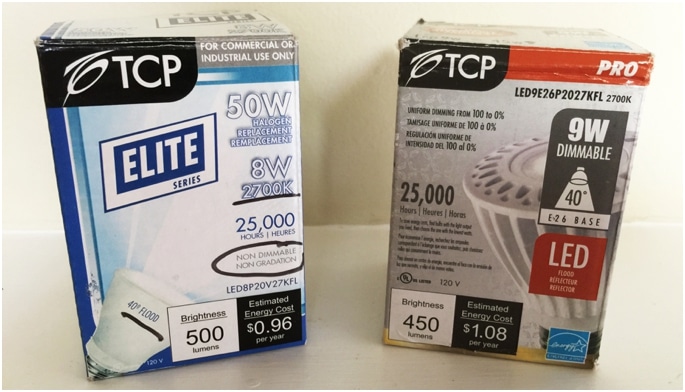
Brands
There are many brands of LED lamps on the market. We can only recommend brands that we like. There are many others that are fine but all of the lamps we select must meet our standards for Color Temperature and Color Rendering Index. Those two factors are so important to us that we end up rejecting most lamps based on these two factors. They are critical for residential interiors looking the best they can. The brands we like most right now are SORAA, CREE and TCP. However, the good news is that in the past three years there has been great progress in LED lamp design and science so the selection is getting better every day.
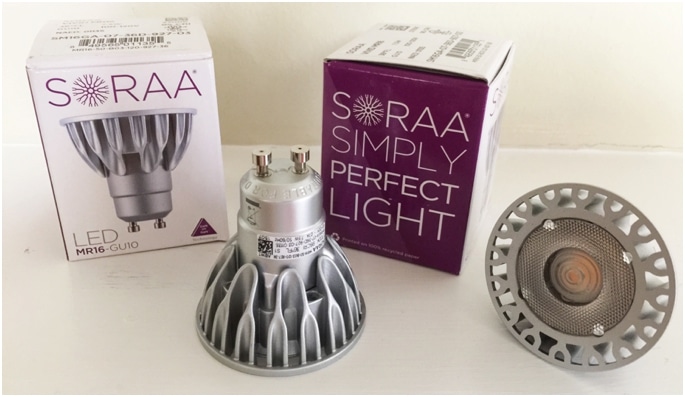
Dimmers
Not all dimmers work with LED lamps. If you want to dim your LED lamps the best dimmer to use is a CL or CFL dimmer. Switches are fine to, but if dimming is required you may need to replace an existing dimmer. Each LED lamp performs differently with each dimmer so if you are really into research you can look up your lamp choice and see which dimmer is best for that lamp. Lutron has a good website.
Old Lamps (Bulbs) vs. New Lamps (Bulbs)
